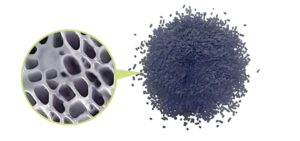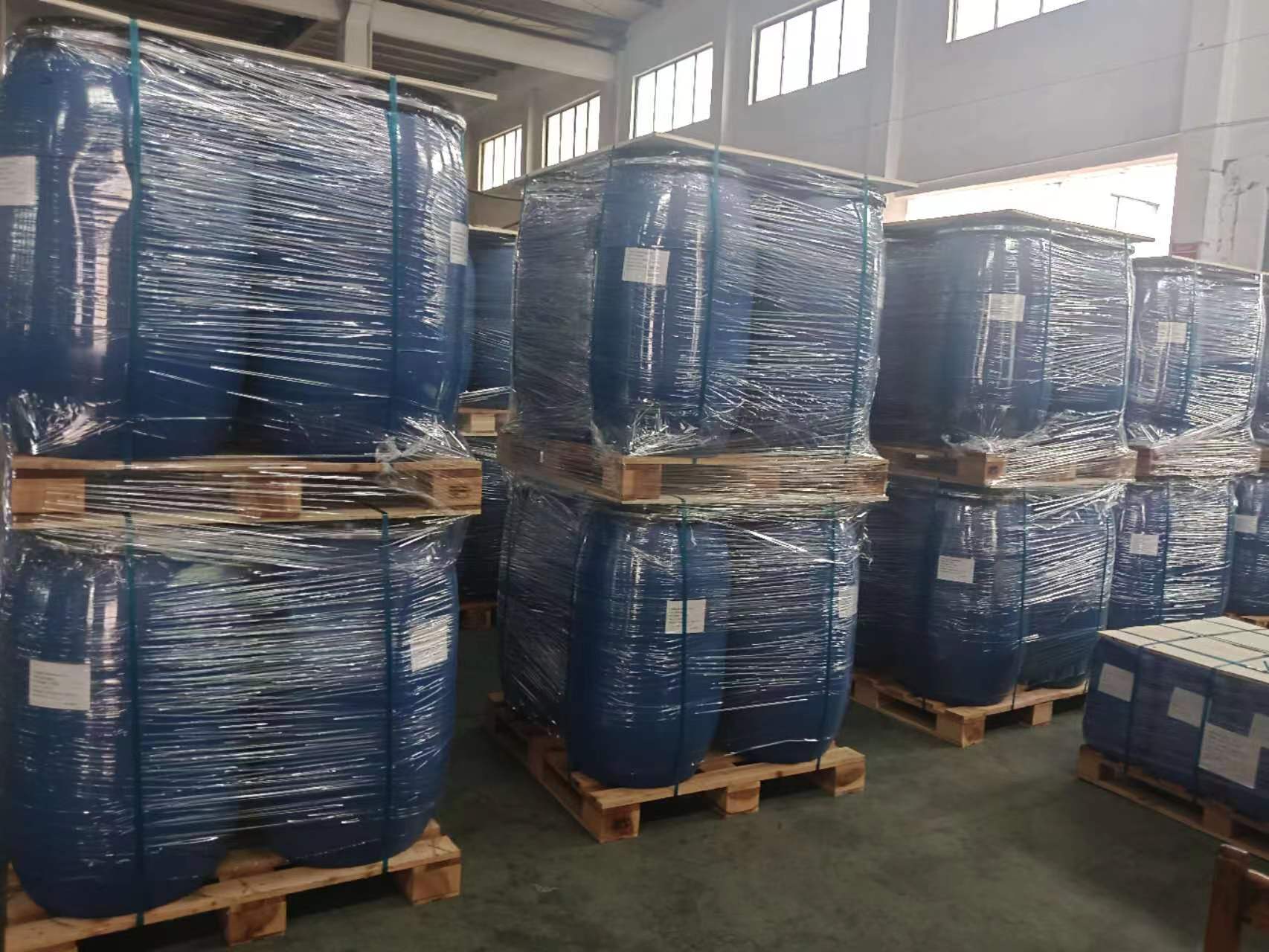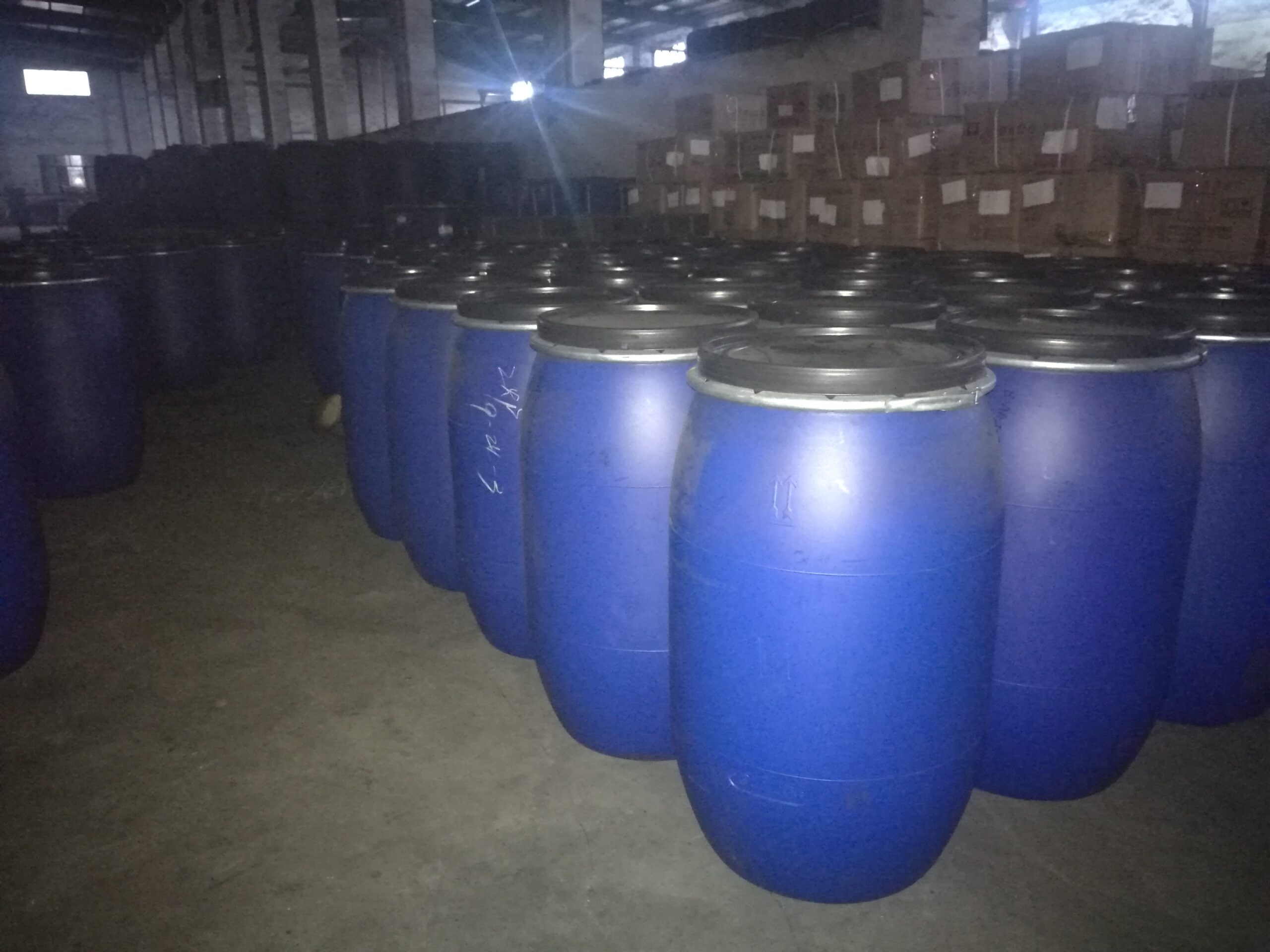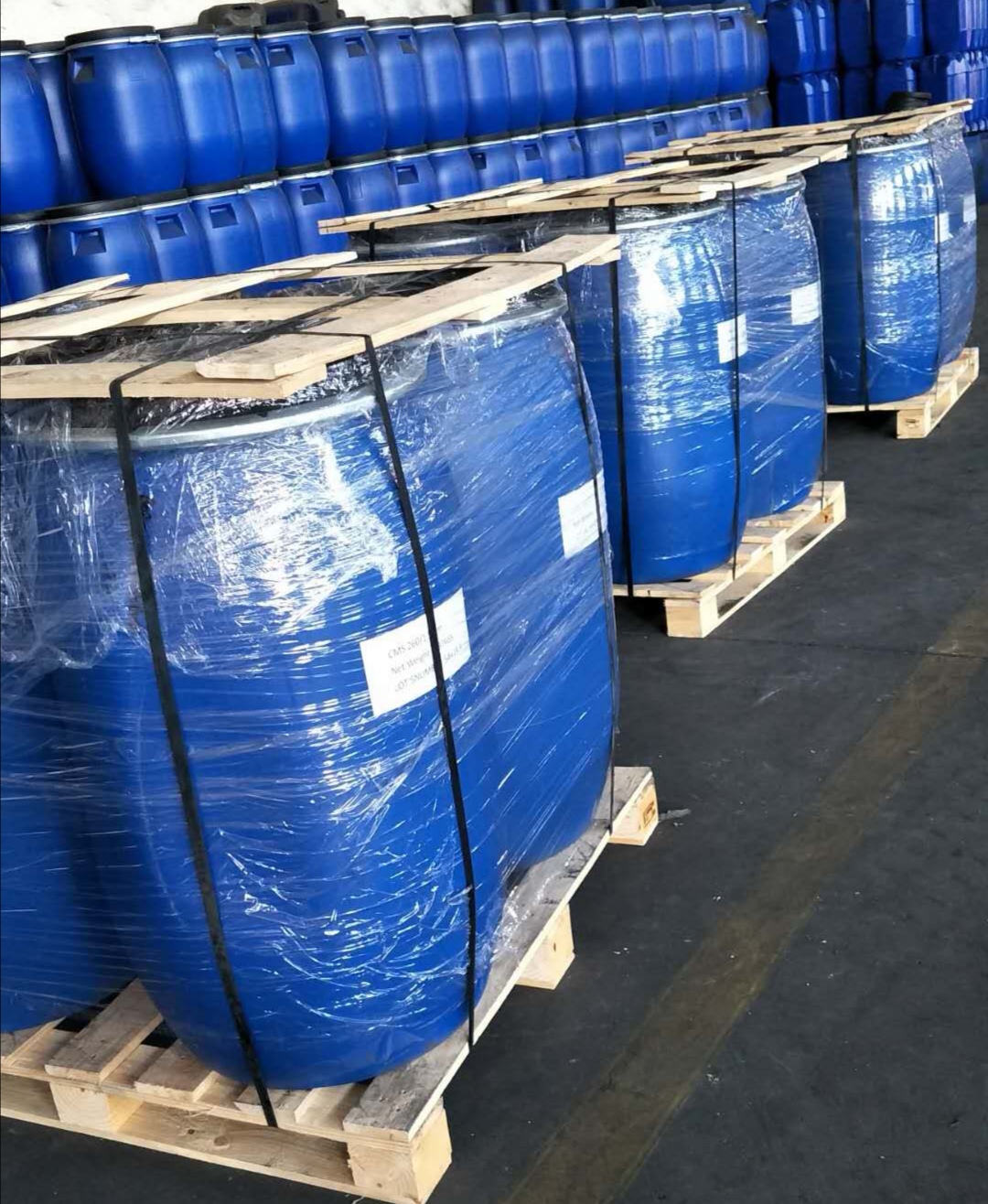What are the core components of the PSA nitrogen generation system?
The (PSA) nitrogen generation system is currently a widely used, safe, efficient and stable on-site nitrogen generation and supply system. It is designed based on the principle of PSA air separation. It mainly consists of four major parts: air pre-treatment system, adsorption separation system, control and intelligent system, and nitrogen post-treatment system.
1. Air pre-treatment system
System composition: Air compressor + Refrigerated dryer + Filter
Air compressor (responsible for compressing air supply)
Function: Provide pressurized air source.
Role: Compress the ambient air to the working pressure range and provide stable pressurized air for the subsequent adsorption separation process.
Refrigerated dryer
Function: By circulating refrigerant, it cools the compressed air, causing water vapor to condense and be discharged, achieving deep dehydration of the compressed air.
Function: It can effectively enhance the overall stability of the system and ensure the nitrogen quality of the product. Additionally, the cold dryer can also stabilize the airflow generated by the air compressor, allowing the airflow to enter the adsorption tower more smoothly.
Filter
Function: Filter out impurities, oil vapors and water from the air; make the compressed air drier and cleaner.
Effect: Significantly reduce impurities, oil and water in the compressed air; effectively extend the service life of the molecular sieve, ensure the nitrogen quality of the product, and reduce the operating costs of the system.
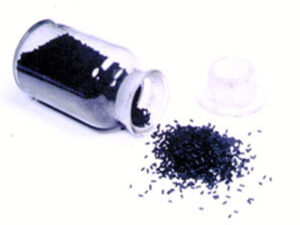
2. Adsorption Separation System
System Composition: Adsorption Tower + Adsorbent (Carbon Molecular Sieve)
Adsorption Tower
Function: Core separation unit. Usually equipped with two towers to work alternately to ensure continuous supply of compressed air; the material is mostly stainless steel or carbon steel, and there will be anti-corrosion coatings on the tank body.
Function: After the compressed air has completed the pre-treatment, it enters the left adsorption tower nearby. The pressure in the tower increases, and the oxygen molecules in the compressed air are adsorbed by the carbon molecular sieve. The unadsorbed nitrogen gas passes through the adsorption bed and enters the nitrogen storage tank. This process is called “left adsorption” and lasts for several seconds.
After “left adsorption”, the pressure between the left and right adsorption towers will reach equilibrium, and the process lasts approximately 2-3 seconds. After the pressure equalization is completed, the compressed air enters the right adsorption tower. The oxygen molecules in the compressed air are adsorbed by the carbon molecular sieve, and the enriched nitrogen gas enters the nitrogen storage tank. At the same time, the left tower starts the depressurization and regeneration program: through the exhaust valve, the previously adsorbed oxygen is released into the atmosphere to achieve the regeneration of the adsorbent. To enhance the regeneration effect, a continuously open reverse-blowing gas synchronously implements reverse blowing on the left tower to ensure that the residual oxygen is completely desorbed and discharged. This reverse-blowing operation is carried out in parallel with the regeneration process. After the adsorption cycle of the right tower is completed, the system repeats the pressure equalization step and switches back to the left tower adsorption mode, thus forming a continuous production cycle.
Adsorbent (Carbon Molecular Sieve)
Function: Porous carbon-based adsorption material, resistant to pressure and wear, specially designed for gas separation.
Role: Carbon Molecular Sieve (CMS) is the key material that determines the separation efficiency. Its microporous structure allows small molecules N₂ to pass through quickly, while large molecules O₂ are retained. By taking advantage of the adsorption differences of molecules between the molecular sieve for nitrogen and oxygen, nitrogen and oxygen can be efficiently separated.
3. Control and Intelligent System
System Composition: Pneumatic Valve System + Control System + Human-Machine Interaction
Pneumatic Valve System
Function: Includes components such as solenoid valves, check valves, pressure relief valves, etc. Generally, it has millisecond-level opening and closing capabilities, reliable sealing, and adaptability to pressure and temperature.
Function: Responsible for controlling key steps such as the switching of adsorption towers, equalization pressure, and desorption. It can directly affect the overall operational efficiency, stability, and reliability of the system. It is the core execution unit of the nitrogen production system.
Control System (PLC)
Function: Optimizes energy consumption through dynamic balance algorithm; Conducts self-diagnosis of faults and records alarm information; Traces and analyzes historical data.
Role: The programmable logic controller (PLC) is the foundation of the automation of the nitrogen production system and also the “brain” of process control. It can coordinate equipment operation, monitor parameters such as pressure, flow, and purity in real time, provide data support for the full life cycle management and intelligent manufacturing of equipment, and achieve automated management.
Human-computer interaction
Function: HMI (Human-Machine Interface) serves as a bridge between humans and equipment; it makes operations visualized, enhancing monitoring efficiency and maintenance convenience.
Effect: Operators can complete 90% of routine operations within 3 clicks. Core parameters can be displayed on the screen, and the system will automatically record core indicators and operation logs, forming historical records.
Remote monitoring and data analysis functions can eliminate the need for on-site personnel; through communication protocols, HMI can upload operation data to an online platform and support system managers to view the real-time operation status and various indicators of the equipment using a mobile APP. The system’s built-in maintenance date reminder function can increase the proportion of preventive maintenance and reduce the annual maintenance cost by approximately one-third.
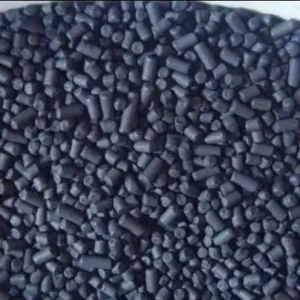
4. Nitrogen Post-Treatment System
System Composition: Nitrogen Buffer Tank + Terminal Purification + Purity Enhancement
Nitrogen Buffer Tank
Function: It is used to store a certain amount of compressed nitrogen.
Role: On the one hand, the buffer tank stores a certain amount of compressed nitrogen to mitigate the air flow fluctuations caused by the periodic switching of the adsorption tower, ensuring the continuity and stability of downstream gas supply; on the other hand, it can also be used to cope with sudden high demands or changes caused by equipment startup or shutdown.
Terminal purification
Function: Utilize multi-stage filtration and dew point control processes to further purify the nitrogen, removing water and impurities.
Effect: Conduct further filtration and purification of the nitrogen to reduce residual moisture, impurities, and oil.
Purity Enhancement
Function: Through oxidation reactions, reduce the oxygen content in the product gas and further increase the purity of nitrogen.
Effect: Achieve high-purity nitrogen production through two technical routes: catalyst purification and hydrogen purification. Among them, the hydrogen method will be more stable than catalyst purification in scenarios with a purity of over 99.9995%.
